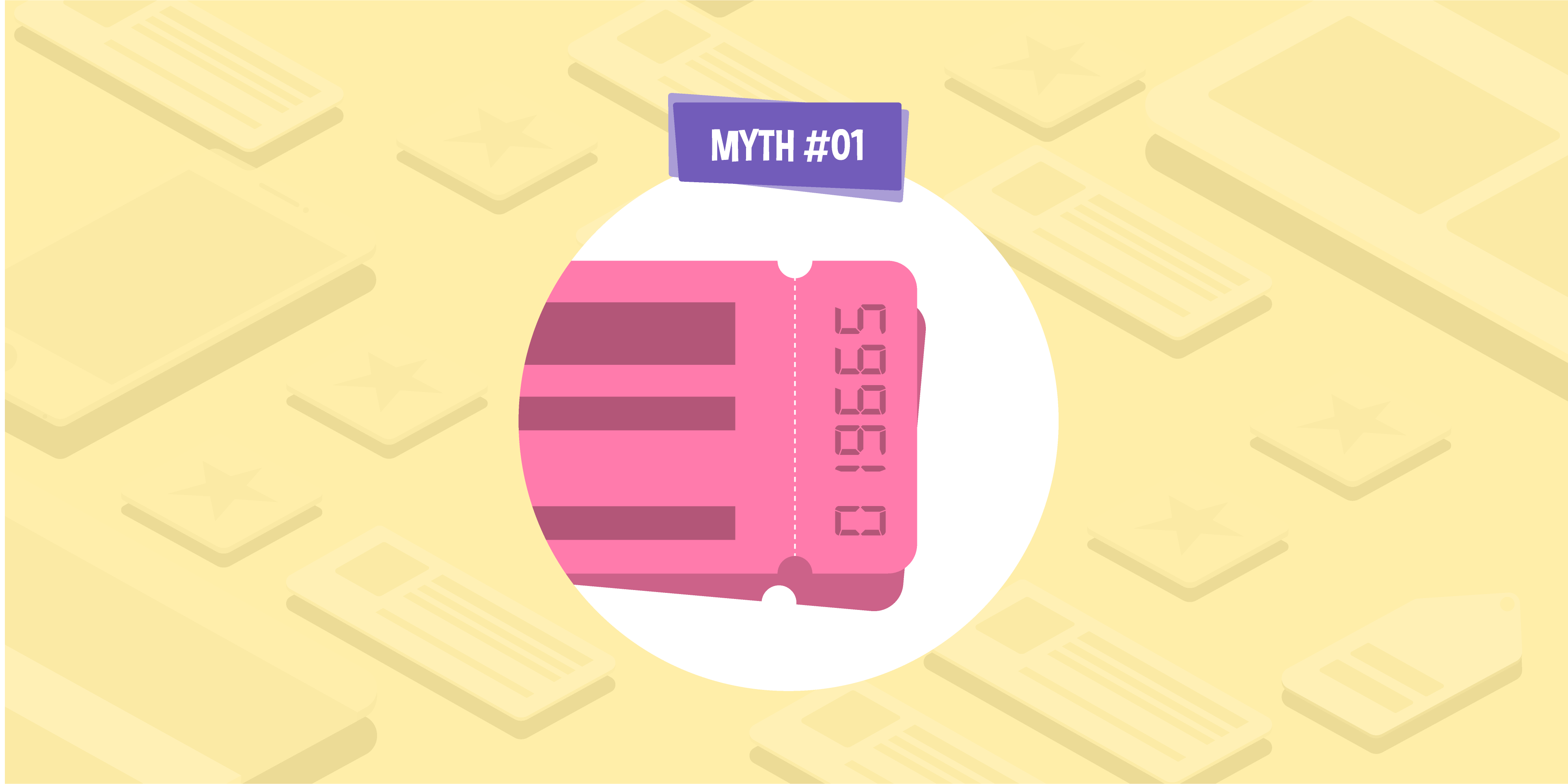
- 13 Mar 2023
The 5 essential SEO metrics you should be tracking
- by Marc Swann
So you’ve developed a killer SEO strategy, but how do you know it’s working? Good digital marketing should drive traffic to your site, increase conversions, and drive revenue, but so many elements contribute to this — and some may not be so obvious.
Tools like Google Analytics can provide you with a whole host of useful data, but not all of it may be relevant to your company goals. So how do you decide which data to focus on to measure the success of your SEO campaign? Here we’ll cover the five essential SEO metrics you should be concentrating on.
1. Keyword rankings
Keywords are the cornerstone of SEO, so you’ll want to track your rankings. These are the positions your site sits in the search results for a certain keyword. Higher keyword rankings usually mean more traffic to your site, particularly if you’re ranking in the top 10, as customers are most likely to click on a site that appears on the first page of results. In fact, data from Sistrix estimates that 28.5% of clicks go to the top ranking result.
Optimised content is the biggest contributor to keyword rankings, among other factors, so monitoring your existing rankings lets you know which parts of your content are working and which areas need a second look. You should also check your existing rankings before starting any new SEO work — you wouldn’t want any changes to jeopardise any particularly high rankings, as these are the terms that are likely bringing in the most traffic.
The best way to track your keywords is by using an organic keyword report. Most keyword research tools will be able to provide you with this, and it’ll show you all of the keywords your domain or URL ranks for and in what position.
2. Organic traffic
Since the main goal of SEO is to drive more customers to your site, you’ll want to be monitoring your organic traffic. This is the number of users that land on your site from a search engine. Organic traffic doesn’t include users who have come from paid ads.
You can check your organic traffic in Google Analytics by heading to ‘Audience’ > ‘Overview’ > ‘Add Segment’ > ‘Organic Traffic’. Your data will then be split into sessions and users, along with other data like the average time a user spends on a page.
If you notice a drop in organic traffic, it could be for a few reasons. Content quality, Google updates, tracking issues, and migration problems can all contribute towards a downward trend. If you’re not sure why your traffic has decreased, be sure to get a second opinion from a Technical SEO consultant who will be able to identify the trigger.
3. Backlinks
Backlinks from prominent websites are one of Google’s main SEO ranking factors. As well as gaining valuable exposure for your brand, a strong backlink profile helps your site establish authority in your industry, which generally results in higher Google rankings. That’s not to mention the referral traffic you’ll get from this exposure too. For this reason, your backlinks are something you’ll want to keep an eye on.
This is pretty easy to do with a backlink checker tool — most SEO research tools have these built-in — and you’ll get information on the number of backlinks to your site, the referring domains, which URLs have backlinks, and even the anchor text used for each link.
It’s worth bearing in mind that Google places less emphasis on multiple backlinks from the same site, so having a varied backlink profile is best. Nonetheless, all link-building efforts have some impact on your overall SEO strategy and exposure.
You can find out more about backlinks in our guide to why link building should be part of your SEO strategy.
4. Core Web Vitals
Usability and experience can have a major impact on your SEO and conversions. Core Web Vitals were introduced back in 2021 to simplify the metrics used to measure site speed and user experience. There are three metrics involved:
- Largest Contentful Paint (LCP): How long it takes the largest visible element of your page to load in the viewport.
- First Input Delay (FID): The time it takes from a user’s first interaction with a page to when the page can respond to that action.
- Cumulative Layout Shift (CLS): The stability of your page layout as the page loads.
Your Core Web Vitals will be measured on a numbered scale, and you’ll be given a grade of ‘Good’, ‘Need Improvement’ or ‘Poor’, so it’s quite easy to see which elements you need to develop.
You can find out more about Core Web Vitals, including how to check them, in our ultimate guide to Shopify SEO.
5. Indexed pages
Your pages will need to be indexed by search engines in order to appear in search results. Every site has a crawl budget, which is the time Google spends crawling your site each day. If you have a large number of unnecessary pages then it’s possible that you could be wasting your crawl budget, as Google will be spending time crawling and indexing these instead of your important pages. So, there might be some pages you’ll want to stop Google from indexing.
You’ll need to keep an eye on your indexed pages to ensure that the number is rising steadily. As you publish new content to your site, you’ll want Google to crawl and index it. But, if your indexed pages suddenly spike, it could be a sign of a technical issue. Again, you can learn more about crawl budget in our ultimate guide to Shopify SEO and our beginner’s guide to technical SEO.
Here at Glass Digital, we constantly monitor your essential SEO metrics for you and provide an in-depth monthly report so you always know what’s going on and why. If you’re interested in learning more about our SEO services, just get in touch to book your free, no-obligation chat with a member of our team.
Marc Swann
Search Director

